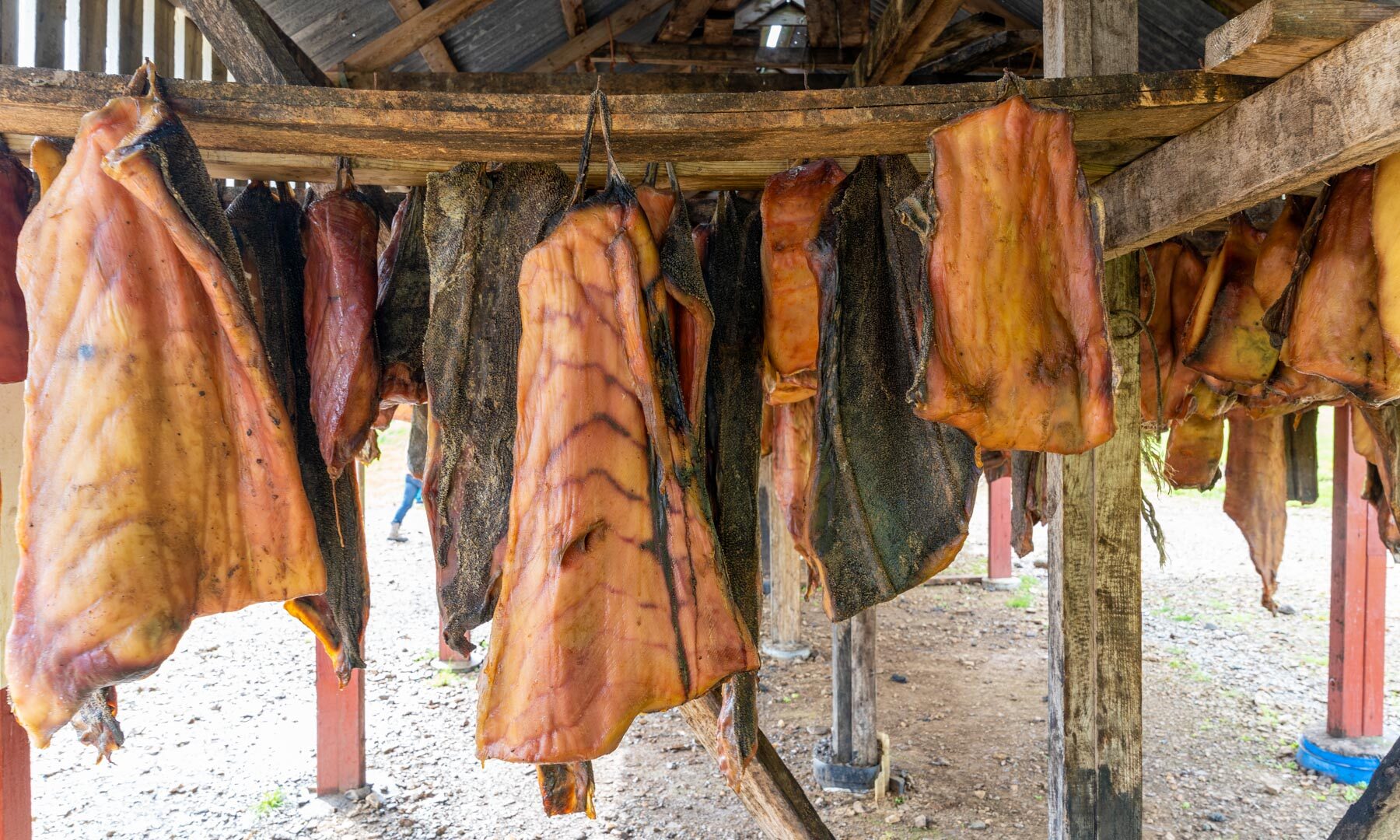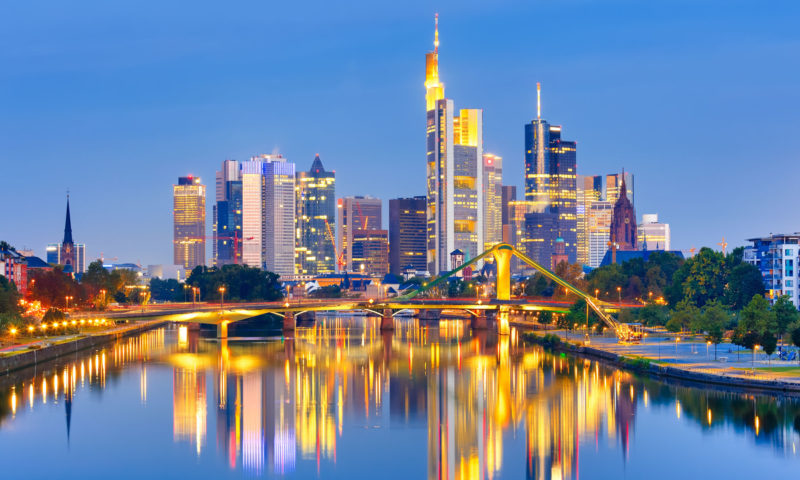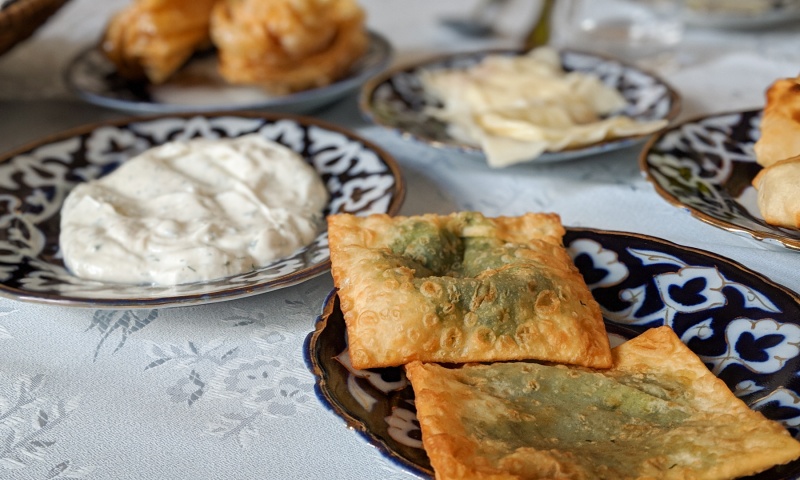Icelandic cuisine is often curious, but always exciting. Meat and fish-heavy, Iceland’s traditional dishes are born from an unyielding landscape and built on the necessity for survival. Living in a barren country that’s covered in snow and ice for much of the year, Icelanders long ago learned to utilize, and savor, every part of the animals that would survive in such hard conditions.
That means that today, traditional Icelandic food can often be difficult for visitors to stomach. The infamous hákarl, which consists of fermented shark meat, is the ultimate example, while other “unusual” dishes include svið (boiled sheep’s head). Traditionally, Icelanders also consumed whale, horse, and even puffin, and you’ll often see all three on the menu in restaurants.
Fish is a huge staple of Icelandic cooking, too (Icelandic fishermen even went to war for their right to fish), and from cod to langoustines, you’ll enjoy some of the best seafood of your life here. Equally, Icelandic cuisine is ever-evolving, and in Reykjavik, you can find everything from pho to ramen.
With so many intriguing things to eat, you might not know what to order first. That’s why I’ve compiled a list of the absolute best things to eat in Iceland for you. Stick to these (mostly) delicious Icelandic delicacies (fermented shark aside!), and there’s no doubt you’ll have an amazing time eating your way around this Nordic nation.
Disclaimer: This post may contain affiliate links. If you make a purchase or booking through one of our links we may earn a small commission (don’t worry, it’s at no extra cost to you).
11 Traditional Icelandic Foods You Have to Try!
1. Icelandic Cod
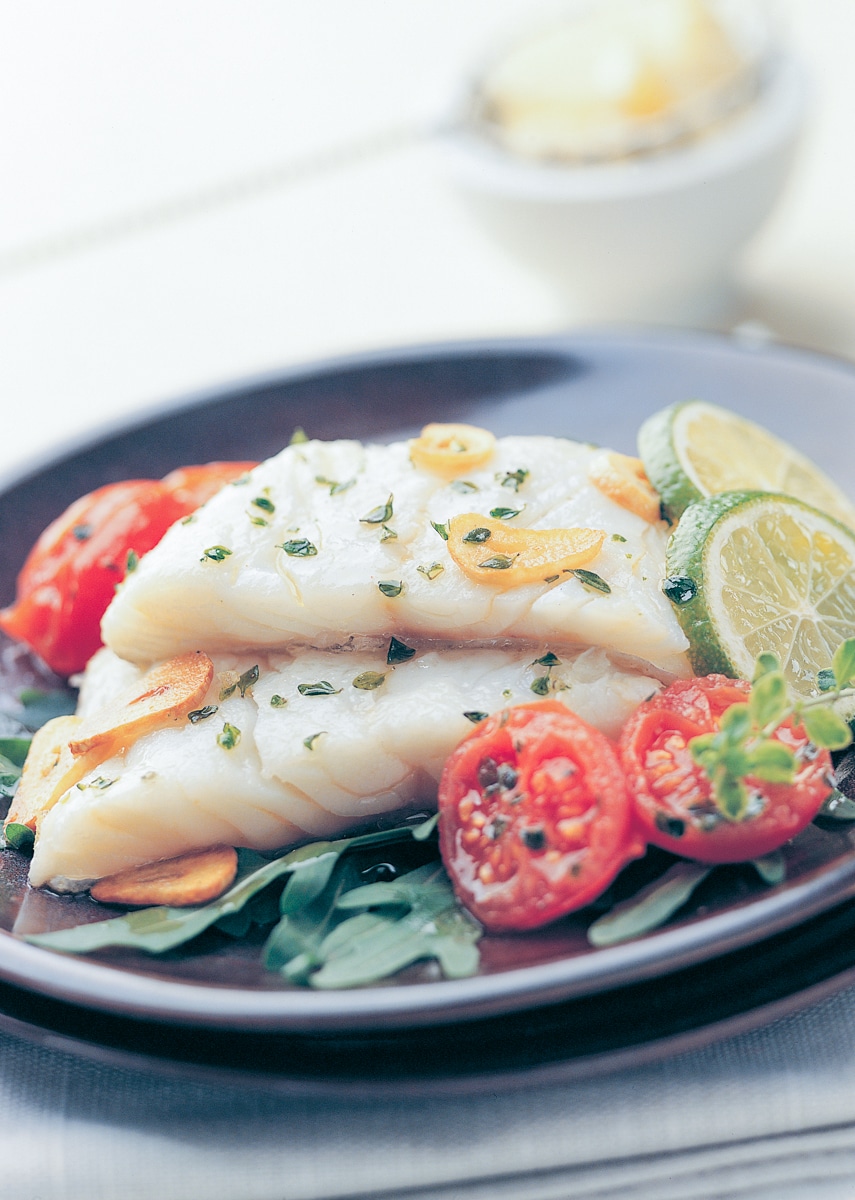
Surrounded by the frigid waters of the Atlantic Ocean, it’s no surprise that Icelanders have long lived off the bountiful fish stocks in the sea. Atlantic cod is one of Iceland’s most highly prized dishes, and whether it’s grilled, battered, or served in a fish stew, it’s a must-try when you’re in the country.
In fact, Icelanders prize their cod so much that they once fought a war over it. I’m not kidding, you. In the 1970s, tensions escalated between British and Icelandic fishermen competing over cod stocks.
The Icelandic fishermen went head-to-head with the might of Britain’s Royal Navy, as they cut fishing lines and trawler nets in the North Sea, in a curious episode of history known as the “Cod Wars.”
Their fishing rights are hard fought for, so make sure you enjoy the cod, fresh from the boats. In Reykjavik, I’d recommend visiting the Reykjavik Fish Restaurant for classic battered cod and chips or the Fish Market for more upscale dining.
2. Hot Dogs
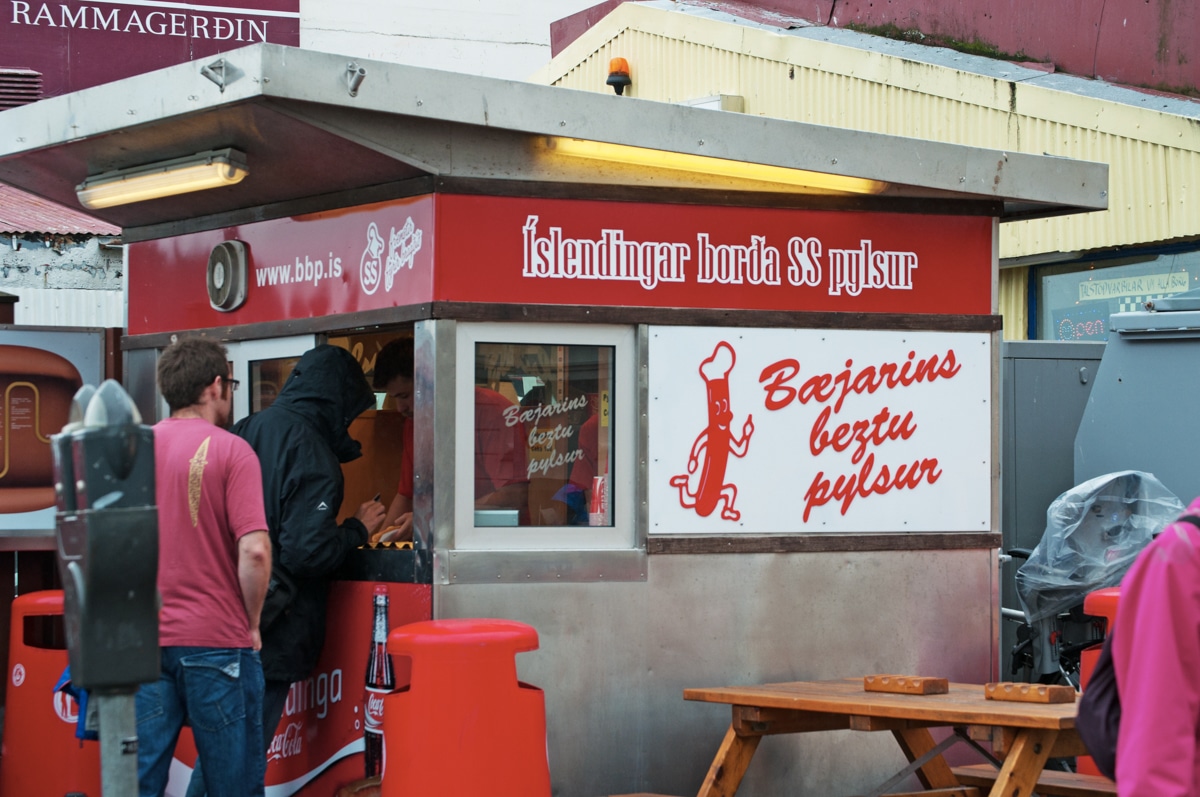
The humble hot dog is, surprisingly, one of the most popular types of food in Iceland. It’s the unofficial national dish of Iceland, and it’s been all the rage since the first hot dog stand opened in Reykjavik in 1937.
The classic Icelandic hot dog consists of lamb, pork, and beef mixed in equal ratios, served in a bun, and then topped with condiments like onions, mustard, gherkins, and capers. Icelanders love their hot dogs fully loaded, and in 2005, US President Bill Clinton made the faux pas of only ordering a hot dog with mustard. Ever since, this woeful combination has been named the “Bill Clinton.”
You can find hot dogs in any gas station, supermarket, or fast food joint, but the real deal is only found at Bæjarins Beztu, the original hot dog stand in Reykjavik dating back to 1937.
3. Skyr
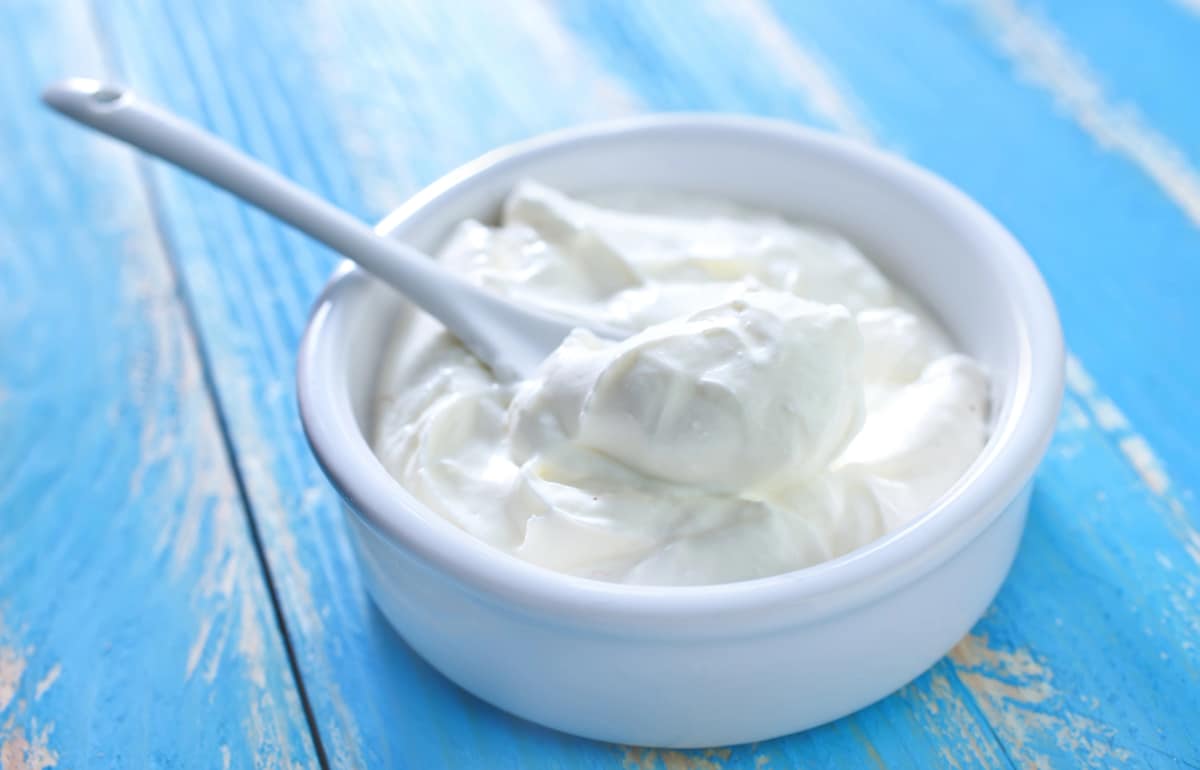
Skyr is a traditional Icelandic dairy product, once made with sheep’s milk, but these days, typically prepared from cow’s milk. Skyr has a long history in Iceland, with medieval sources – including the famed Egil’s Saga – describing how Icelanders enjoyed it hundreds of years ago.
Skyr is similar to yogurt but much thicker and protein-heavy in comparison. It’s taken off around the world, too (they stock it in my local supermarkets back home), and you’ll often see Icelandic skyr sold with tasty flavorings like vanilla or cherry to sweeten the sour taste.
Skyr is best enjoyed at breakfast time, and you’ll find the best batches are prepared out in rural homesteads when you’re road-tripping around the country.
4. Hákarl
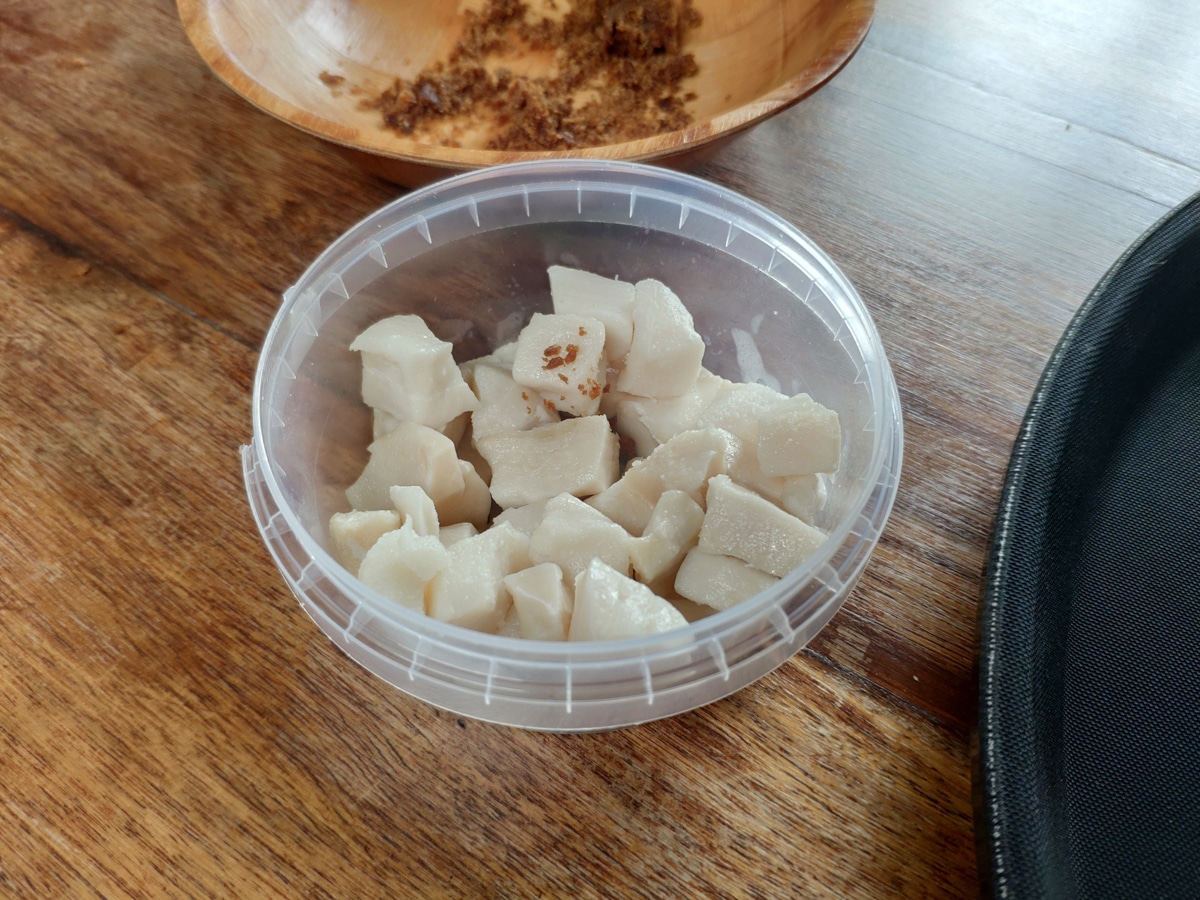
Hákarl is often considered to be one of Iceland’s national dishes. Still, I’ll be honest – I’ve met very few Icelanders who’ve recommended trying it or who actually seem to enjoy it. That’s because hákarl is one of those traditional Icelandic dishes that was born out of scarcity, and it doesn’t sound appetizing or taste appealing.
Hákarl is a fermented shark. If that’s not enough to turn you off, then perhaps the smell will because the shark (a specific species named the Greenland shark) is effectively fermented in its own urine. It’s the only way to make the otherwise toxic shark meat edible, and even then, it’s hardly delicious!
You’ll see hákarl for sale in supermarkets, where you can buy it prepackaged in bite-sized chunks. When Icelanders do eat it, it’s often consumed as part of traditional meals or festivals celebrating local history and cuisine.
5. Kjötsúpa
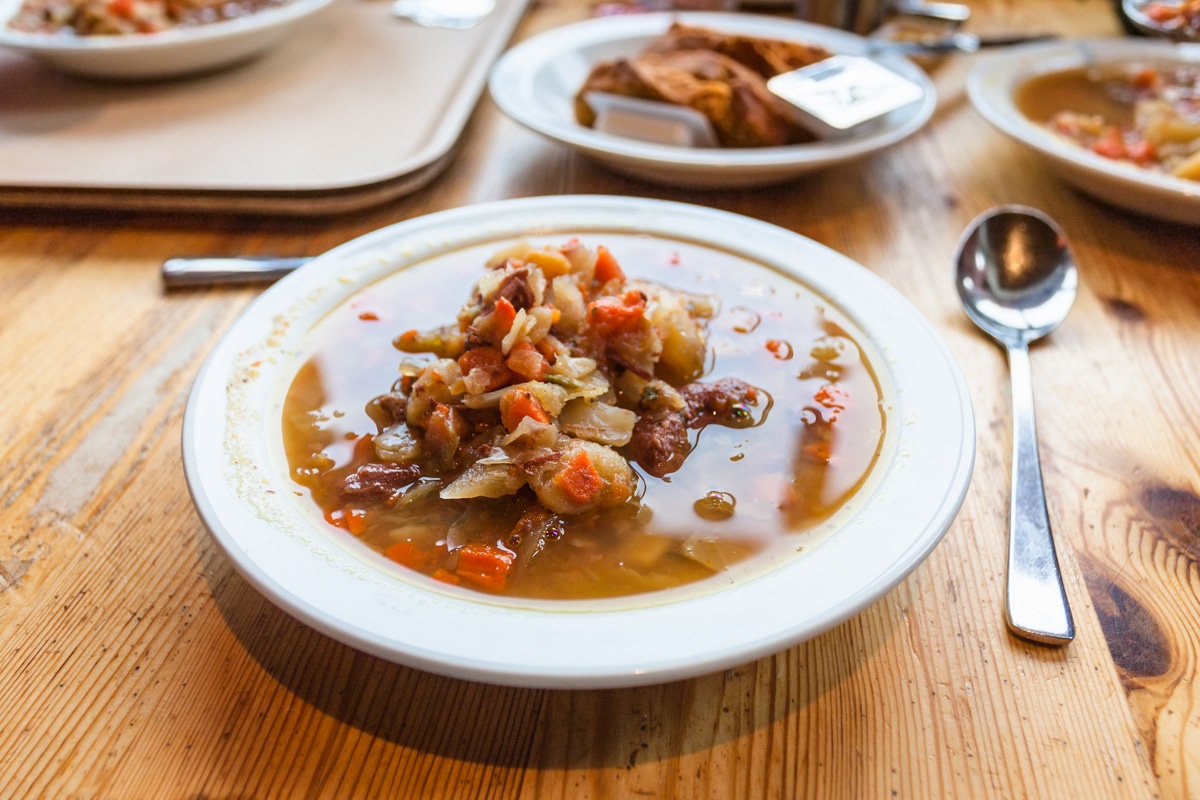
A much more delightful traditional Icelandic food is kjötsúpa, a lamb soup that’s guaranteed to warm your belly even on the coldest of winter nights. Kjötsúpa is a hearty soup prepared with lamb or mutton and slow-cooked in its own meat stock before typically being mixed with root vegetables like potatoes or turnips.
Icelanders claim that kjötsúpa is a cure-all for any ailment, be it the flu or a hangover, and it’s a recipe that every household prepares slightly differently. For that reason, you’ll want to convince your Icelandic friends to make it for you for a truly authentic kjötsúpa experience!
6. Applesin
Ignore the confusing name, because Applesin is actually a traditional orange-based fizzy drink that you’ll see for sale everywhere in Iceland. Best described as Iceland’s take on Fanta, Applesin is perhaps fruitier than its better-known cousin.
Applesin has been bottled in Iceland since 1955 and now has cult status. At Christmastime, Icelanders love mixing Applesin with Malt, a festive combination known as Jólaöl that’s so popular you can now buy it pre-mixed.
7. Kleinur
If you’ve got a sugar craving, then why not try kleinur? Sweet, light, and puffy, kleinur is the Icelandic take on the donut, and it’s a traditional pastry that Icelanders often claim is best prepared by their grandmother.
First, dough is prepared by mixing flour, sugar, butter, eggs, milk, and cardamom. The dough is thoroughly kneaded and then sliced into distinctive kleinur shapes (they look twisted and diamond-like and have a space in the middle).
Once ready, the shaped dough is then fried in a pan until crispy, golden-brown, then dusted off with icing sugar. Head to bakeries like Sandholt or Cafe Loki for a taste when you’re in Reykjavik.
8. Hangikjot
If you’re visiting Iceland during the festive season, then one of the most popular Christmas dishes you can try is hangikjot. Translated into English as “hung meat,” this festive dish consists of lamb (or sometimes horse) that’s been hung in a smokehouse to preserve it.
Like many Icelandic dishes, this one goes back to the Viking days, when meat would be smoked, stored, and then slowly consumed through the long winter. These days, hangikjot is a throwback to the Iceland of old, and it’s typically served with potatoes, cabbages, beetroot, and bechamel sauce at Christmas time.
9. Rúgbrauð
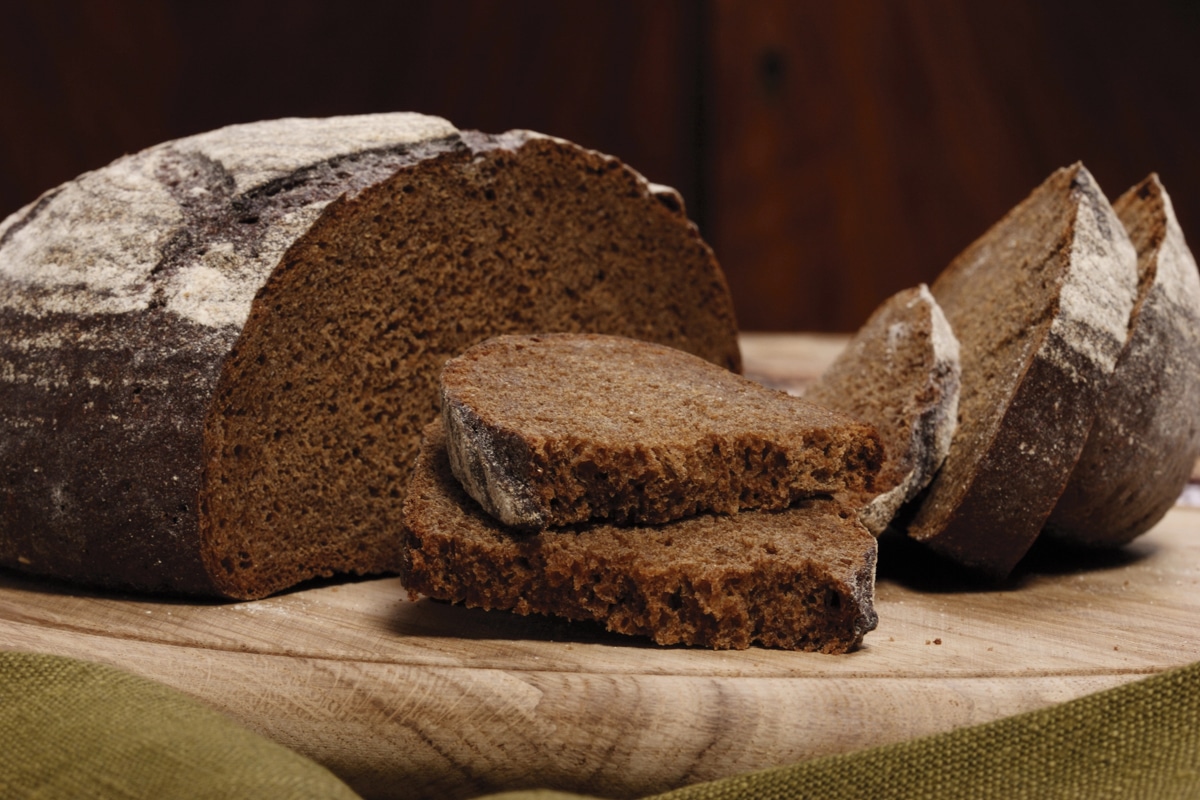
Rúgbrauð is “rye bread,” a classic Icelandic staple that’s been consumed for hundreds of years. Rúgbrauð is a type of sourdough prepared using rye, and it became popular in Icelandic households purely because rye is cheap and plentiful.
Rúgbrauð is often sweetened, but not always. It’s typically used, like other breads, as an accompaniment to stews and soups or as a vessel for enjoying other ingredients, whether that be slices of hangikjot, pickled herrings, or smoked salmon.
10. Svið
Icelanders are rightly proud of the high quality of their free-roaming sheep. Given the harsh climate and landscapes, they also ensure that every part of the animal is used, even today. The truly adventurous foodies out there can try svið, which consists of a lightly singed sheep’s head that’s been sawn in half and boiled slowly for hours.
Svið truly is survival food, but it’s now seen as somewhat of a meaty delicacy. Order the dish and you’ll have tongues, cheeks, and even eyes to contend with. It’s often served with a scoop of potatoes and turnips. For reasons little known, the best-known place to buy svið in Reykjavik is at the diner in the city’s main bus terminal.
11. Harðfiskur
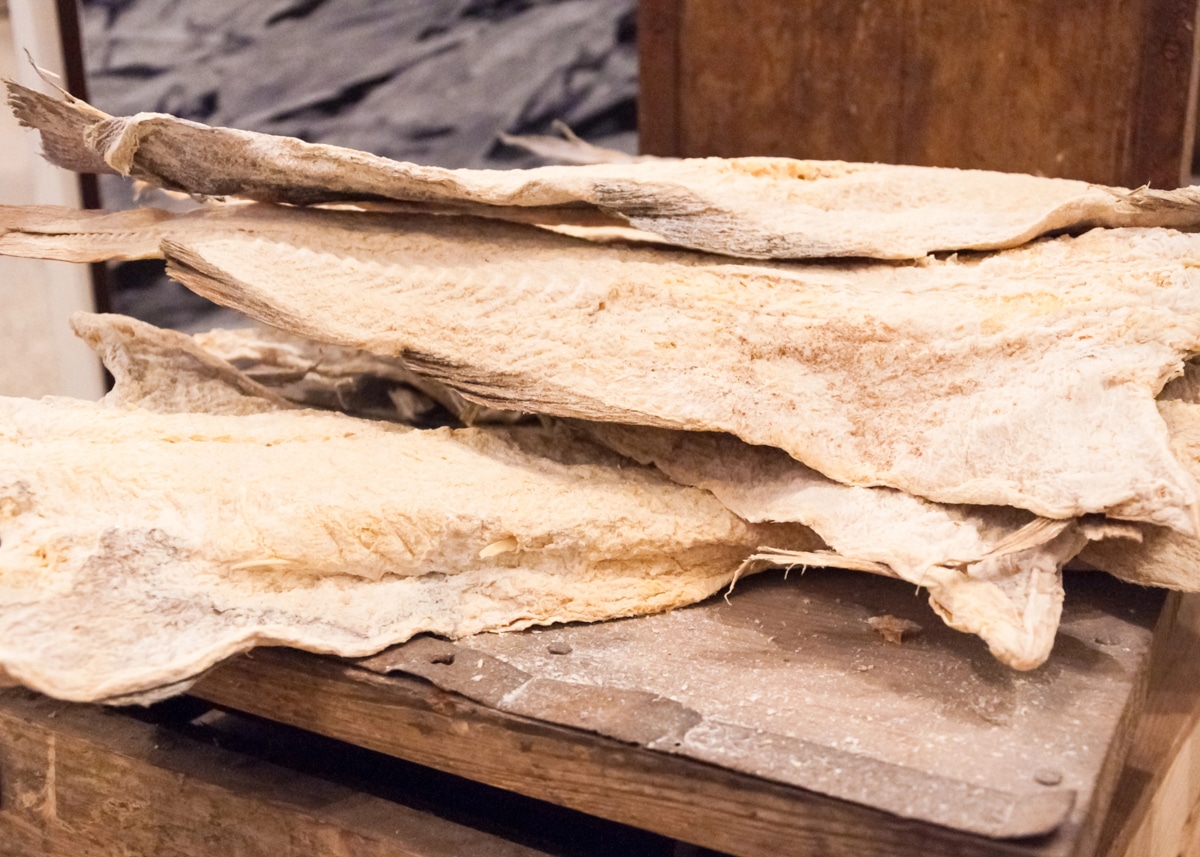
Harðfiskur is another acquired taste, but it’s a must-try if you’re a fish lover. A Nordic staple, harðfiskur is a type of “stockfish.” It’s an ancient method of preservation that simply involves hanging the gutted fish out to dry in the open air, and if you’re traveling around Iceland, you’ll often see large tracts of land covered in drying fish.
Harðfiskur is sold in bite-sized packets in supermarkets, and it makes for a high-energy snack, particularly if you’re out hiking. The strong taste takes some getting used to, but given it’s been prepared, consumed, and even exported for centuries, they’ve got to be on to something, right?

